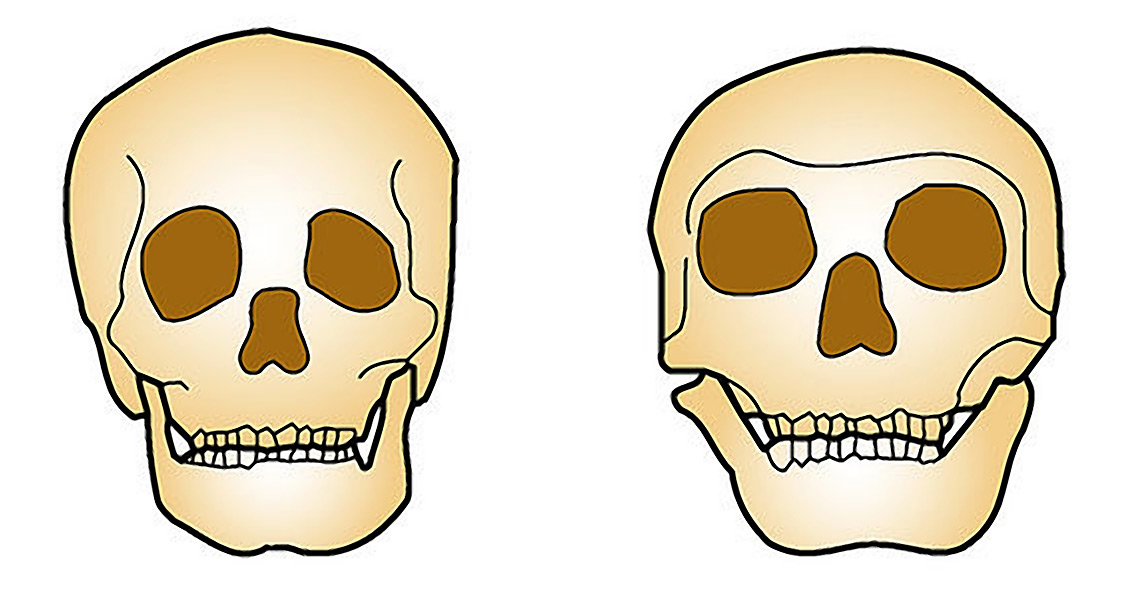<
Neanderthals and Humans – What Are the Differences?
